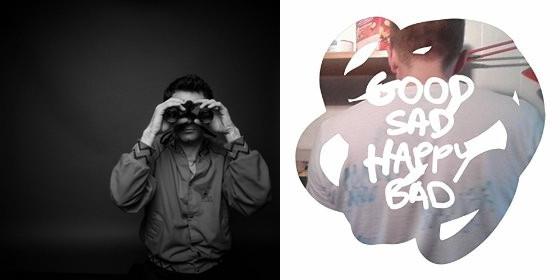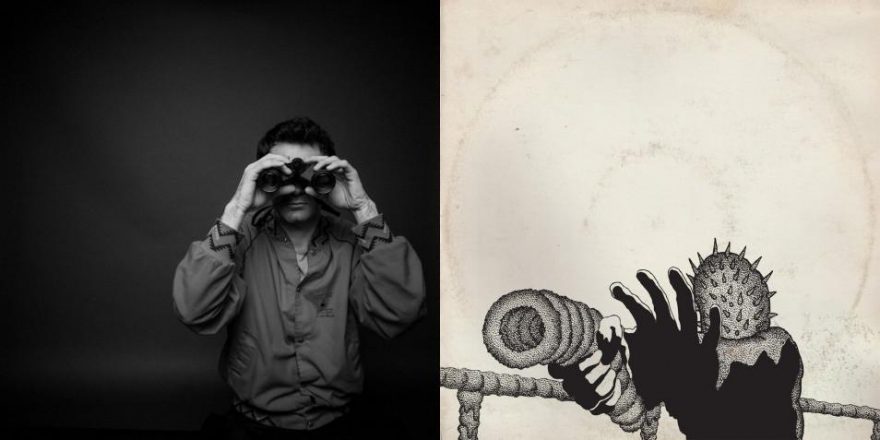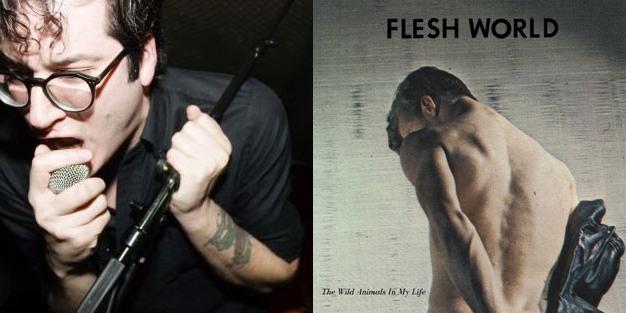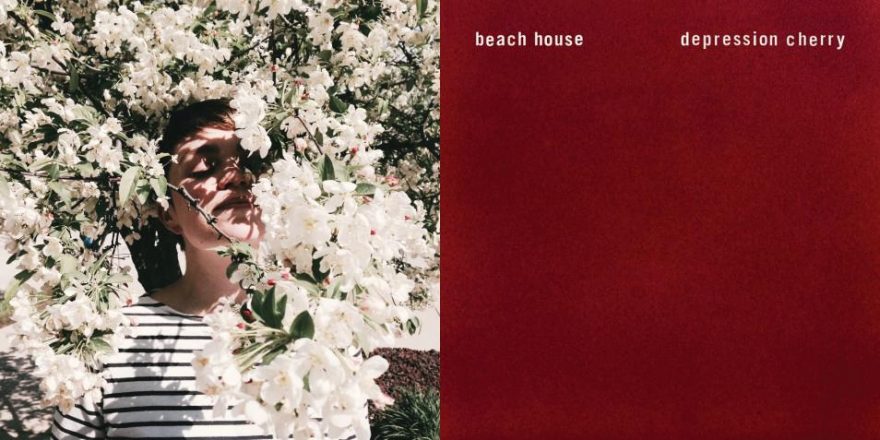We are plagued by context.
Once we learn how recordings are made, it is the impossible dream of musicians to hear recorded music purely again. The great pizza chefs of the world must face this concern with every bite of pie. And can an architect enjoy the grandiosity of a skyscraper without mentally dissecting it?
That challenge is alive and kicking within me every time I press the green triangle, so I am on edge when my listening experience becomes further shaded.
The press release for Micachu and the Shapes’ new album Good Sad Happy Bad doesn’t spell out much, but it does make it clear that this album grew out of a rehearsal recording. The band was jamming, and drummer Marc Pell secretly pressed the red circle.
While everyone has the right to spill the beans about how or why an album was made, I almost always lament it when they do. Every bit of technical information colors the way the music infiltrates and, unfortunately, is analyzed as it hits the brain. Before the vise-grip of context takes hold, the sound is neutral and pure. But once I know what I didn’t care about knowing — the how and maybe the why — my perceptual seesaw can only tip two ways: 1) I can know that these were rehearsal recordings and use that knowledge to accept why the sounds are all over the place. I can be shifted into thinking the album is sometimes incoherent and lacking purpose and be frustrated by that. Or: 2) I can decide that it is cool that the practice space jams were the foundation for this new album — that it is exciting that spontaneity drove the recording from start to finish.
But either way, I’m dissatisfied, and thinking when I should be only listening. Or maybe I’m only listening when I should be absorbing.
It’s a fantasy world where we’re told nothing and get to bask in the sounds that come at us from all sides, but I want to live in that world. I would prefer to be free of publicity and marketing and just go into a room, suction a sound helmet over my dome, and hear the new Micachu and the Shapes album for the first time (with the lights out and some guacamole nearby).
There is so much repetition in the track, so many looped instruments — and I don’t really want to know whether machines or humans are doing the looping. Analyzing while listening keeps me from being hit by the music. Instead, my brain must be vulnerable to the lyrics: “When I feel sad. When I feel sad. When I feel sad. When I feel sad. When I feel sad. When I feel sad. When I feel sad. When I feel sad.”
Repetition fuels the first chorus that you don’t know is the first chorus until it has left the room. Already, the floorboards are nailed down and the walls are fortified, shaped around the tone of this record. This is an album of allowances. Allow singer Micachu to be open. Allow her to be frank. Allow the band members to take their time and continue to repeat short cells that echo so often that we’ll never know when a song is going to end. Allow Micachu’s English accent to shine through, unmasked. Allow her to slur and obscure words. In this opening song especially, the bulk of the lyrics fall into that category — slurred and obscured — which could be annoying if they did not so perfectly fit a song about depression. The song itself has a cloud in the middle, full of indiscernible lyrics and probably a lot of rain. Any clarity of speech doesn’t come back until the final lines: “It’s gonna be OK. It’s gonna be OK. It’s gonna be OK. It’s gonna be OK. It’s gonna be OK.”
All song titles have one or two words: “Crushed,” “Suffering,” “Relaxing.” Reading them in a row is the first of many pieces in a puzzle of simplicity. The song “Waiting” hosts a sharp instrumental loop that never changes, giving us the chance to listen to it a little differently each time — especially that last note, the high one, how it rings out. The repetitive minutiae of the most basic emotions are spread across every song, starting with the titles themselves and extending into the phrases and sonics.
The guitars sounding generously on the spectrum between in tune and out of tune, the roomy drums and assorted claps and clicks that come and go, the groans and banter that made the cut — these only emphasize a sense of focus, that the feelings at the core of each piece of Good Sad Happy Bad are the gas in the tank that makes the record run across all terrain. As a listener, the emotions are what I connect with. As a human, they’re what I connect with. And I am not connecting with the band in the press photos or even on stage. I am connecting with the voice in my headphones, the Micachu and the Shapes floating in my head between my ears among the other feelings I could be feeling. It’s a space both supernatural and present and the only context I want to be concerned with right now. In the moment of connecting to this music, I want to forget the mechanics of hearing, how the bones and muscles and tissue between the ears function and align. I want to let Good Sad Happy Bad loose into a planetless universe in my head. I want it to have space to breathe.reco
By writing about this record, however, I am a part of the problem. I began this piece by righteously spouting that the depths of music shouldn’t be made shallow by reading descriptions of it before listening. And then there I went, laying out a lot of words about this great album and why we don’t need words to enjoy it.
But I am also wrong. I am human and easily swayed by the simplest, heaviest of emotions. I can be sure enough of a conviction to open an essay with it. But the seesaw can tip two ways: happy or sad, the clinical brain or the universe in my head. Twisted and turned by the good of outside circumstance, far from any helmet, I am blessed by context. I listen to this album for the second time outside my house, in the light, for the first time at 3:30 p.m. And that thing starts happening where the sun is a bit lower in the sky so it hits my face directly, with a subliminal warmth that could command an immediate sleep. And I lean against a brick wall that is heating up, and Micachu sings, “You’re dreaming.”







